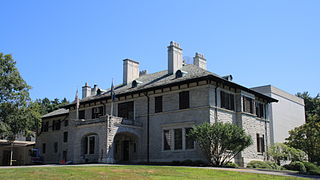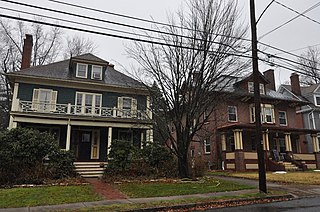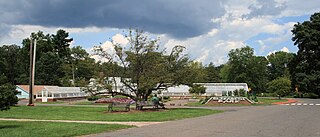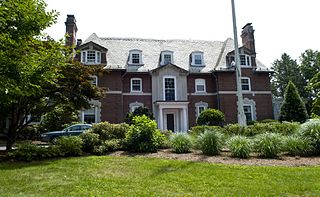Self-guided Sightseeing Tour #9 in Hartford, United States
Legend
Tour Facts
2.9 km
38 m
Experience Hartford in United States in a whole new way with our free self-guided sightseeing tour. This site not only offers you practical information and insider tips, but also a rich variety of activities and sights you shouldn't miss. Whether you love art and culture, want to explore historical sites or simply want to experience the vibrant atmosphere of a lively city - you'll find everything you need for your personal adventure here.
Activities in HartfordIndividual Sights in HartfordSight 1: Connecticut Museum of Culture and History
The Connecticut Museum of Culture and History (CMCH), formerly the Connecticut Historical Society, is a private, non-profit organization that serves as the official state historical society of Connecticut. Established in Hartford in 1825, the CMCH is one of the oldest historical societies in the US.
Wikipedia: Connecticut Museum of Culture and History (EN), Website
Sight 2: West End North Historic District
The West End North Historic District encompasses a neighborhood of late 19th and early 20th century residential architecture in western Hartford, Connecticut and eastern West Hartford, Connecticut. Roughly bounded by Prospect, Elizabeth, and Lorraine Streets and Farmington Avenue, the area includes a large number of Colonial Revival and Queen Anne houses, as well as numerous buildings in other period styles, with only a small number of losses. It was listed on the National Register of Historic Places in 1985.
Wikipedia: West End North Historic District (EN), Heritage Website
Sight 3: Oxford–Whitney Streets Historic District
The Oxford-Whitney Streets District is a historic district encompassing an early-20th century residential area in the West End neighborhood of Hartford, the capital city of the U.S. state of Connecticut. It extends along the east side of Oxford Street between Elizabeth and Cone Streets, and along the west side of Whitney between Fern and Elizabeth, and includes the north side of Fern Street between Whitney and Oxford. Most of the housing, a combination of single and multi-family residences, was built between 1906 and 1919, a period later than the surrounding areas, and is predominantly Colonial Revival in character. It was listed on the National Register of Historic Places in 2010.
Wikipedia: Oxford-Whitney Streets Historic District (EN), Heritage Website
Sight 4: Elizabeth Park
Elizabeth Park is a city park located in Hartford and West Hartford, Connecticut. It covers 102 acres and is listed on the National Register of Historic Places. The park is owned by the City of Hartford, and jointly maintained by the City and the Elizabeth Park Conservancy working together.
Sight 5: Prospect Avenue Historic District
The Prospect Avenue Historic District encompasses a predominantly residential area in western Hartford and eastern West Hartford, Connecticut. The 300-acre (120 ha) historic district extends along Prospect Avenue from Albany Avenue to Fern Street, including most of the area between those streets and the Park River to the east, and Sycamore Street and Sycamore Lane to the west. The district includes 240 contributing buildings and 48 non-contributing buildings, most of them residences built between 1880 and 1930. The district was listed on the National Register of Historic Places in 1985.
Wikipedia: Prospect Avenue Historic District (EN), Heritage Website
Sight 6: Connecticut Governor's Residence
The Connecticut Governor's Residence serves as the official home of the governor of Connecticut. It is located at 990 Prospect Avenue in Hartford.
Wikipedia: Connecticut Governor's Residence (EN), Heritage Website
Share
How likely are you to recommend us?
Disclaimer Please be aware of your surroundings and do not enter private property. We are not liable for any damages that occur during the tours.
GPX-Download For navigation apps and GPS devices you can download the tour as a GPX file.





